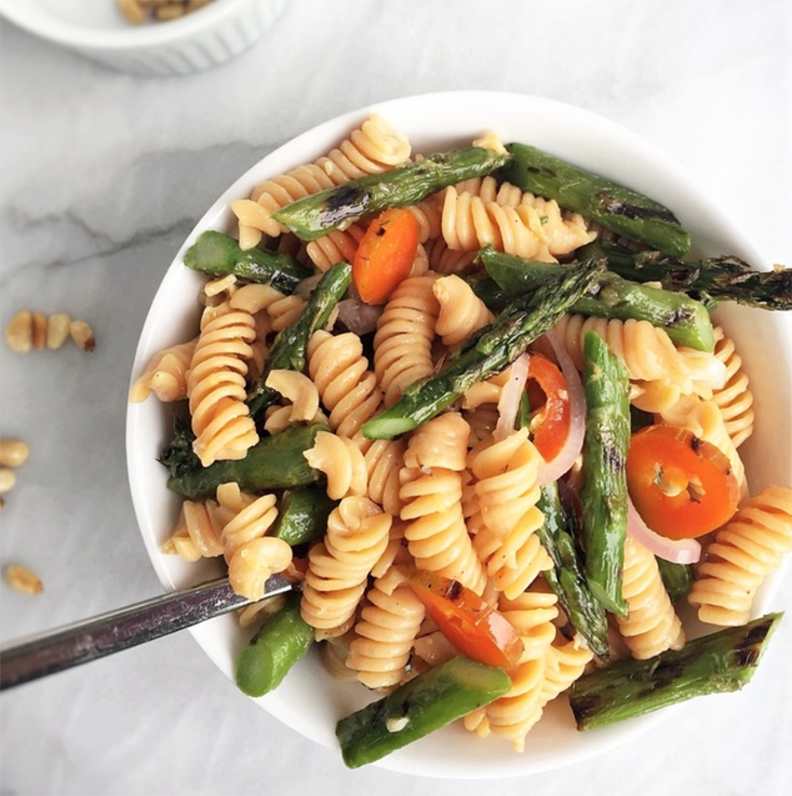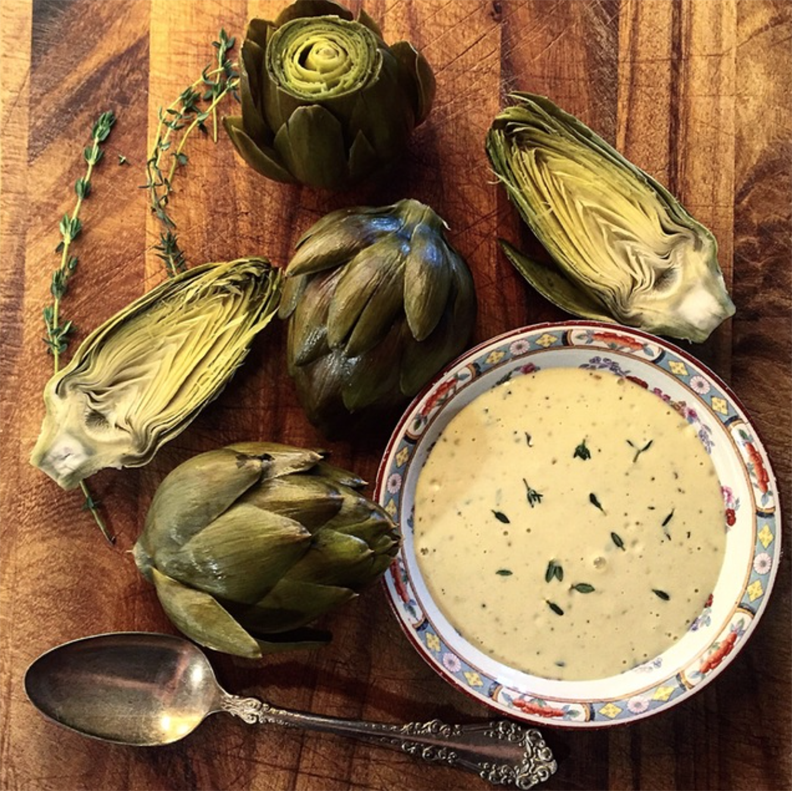ANOTHER KIND OF GREEN: ENVIRONMENTAL COSTS
We all consider our Earth in one way or another—some of us compost, bring reusable bags to the grocery store, recycle, refill our own water bottles, and drive gas-efficient or hybrid vehicles. But our environment is affected by things many people aren’t aware of—the hidden environmental costs of food. When looking at agriculture, true cost goes well beyond fertilizer, seeds, and land.
The true price we pay includes greenhouse gas emissions and climate change, deforestation, water and air contamination, land degradation, loss of biodiversity, and toxic waste and fertilizer runoff. And while we typically don’t pay for these hidden costs when we purchase our food, we do pay a hefty price in the form of taxes, and in the degradation of our environment.
Many of us are familiar with the greenhouse gas emissions from livestock farming—they make up over 14% of all human-caused emissions. Yet with better breeding and grazing practices, that number could be reduced by almost one third. But it’s not just animals that take a toll on the environment. Industrial agriculture often plants monoculture crops—single crops that take large quantities of pesticides and water, and contribute significantly to soil erosion. Simply diversifying crops is one way to prevent this, ultimately saving money for the farmer as well. Yet farmers aren’t generally incentivized to protect biodiversity.
Biodynamic farming methods take many factors into consideration, thereby decreasing their negative environmental footprint. Often it’s just a matter of taking care of the land. Planting cover crops promotes biodiversity and makes for healthy soil, helping to prevent excess water usage, thereby preventing fertilizer run-off. The result? Increased crop yields. Big-Ag says that organic farming has lower yields, but researchers have estimated that pesticide use is to blame for $520 million in crop loss due to a lack of natural pest predators that are eliminated from the chemicals.
Did you know that there are environmental effects of food waste as well? A 2013 study shows that the 1.3 billion tons of edible food wasted each year has a $750 billion impact. When food sits in landfills to rot, it releases 3.3 billion tons of carbon dioxide annually, playing a significant role in greenhouse gas emissions. Plus, all that wasted land—it takes 25% of all agricultural land to grow the food that we waste.
There are clearly lots of things that can be done on a commercial level, but what can you do? In honor of Earth Day on Friday, sign the Paris Accord—195 countries pledged to reduce emissions and keep global warming below 2°C, and you can too. Support organic farmers—share photos of your produce and farmer information on the Foodstand app. Grow your own produce or herbs if you can—again, we want to see! And practice #nofoodwaste policies! Can’t wait to see your posts.
EAT & DRINK
CHARRED ASPARAGUS PASTA SALAD by Newgent
INGREDIENTS
12 ounces dry organic red lentil rotini
1 pound bunch fresh asparagus, ends trimmed
1 large or 2 small shallots, peeled
1 large red serrano or jalapeño pepper
1/4 cup extra-virgin olive oil, divided
1 1/4 teaspoons sea salt, divided
2 large garlic cloves, minced
Juice and zest of 1 lemon (3 tablespoons juice)
2 tablespoons pine nuts, toasted (optional)
METHOD
Prepare an outdoor or indoor grill.
Meanwhile, cook the pasta according to package directions in salted water, about 8 minutes. Drain the pasta, toss with ice cubes until cool, then drain again. Toss the cooled, drained pasta with 1 1/2 teaspoons of the oil and chill in the refrigerator in a large serving bowl.
Place the asparagus, shallot, and pepper into a 9- x 13-inch pan or dish. Drizzle with 1 1/2 teaspoons of the oil and toss to lightly coat. Grill over direct medium-high heat until charred as desired, about 8 to 10 minutes. Transfer asparagus, shallot, and pepper back to the pan, sprinkle with 1/4 teaspoon of the salt and the minced garlic, and toss to coat.
Slice the asparagus into 1 1/2-inch pieces on the diagonal; thinly slice the shallot; and extra-thinly slice or mince the pepper.
Whisk together the lemon juice and zest and remaining 3 tablespoons olive oil in a liquid measuring cup.
Add the grilled asparagus, shallots, pepper and the remaining 1 teaspoon salt to the pasta and toss to combine. When ready to serve, add the lemon vinaigrette and toss again. Sprinkle with the pine nuts (if using) and serve.
Serves 6
STEAMED ARTICHOKES WITH EASY PEASY HOLLANDAISE
by JenniferEmilson
INGREDIENTS
Artichokes
7 tablespoons unsalted butter
1 cup sliced yellow onion
1 tablespoon fresh thyme leaves
¼ cup fresh flat-leaf parsley leaves
2 large globe artichokes, top 2 inches sliced off
1 cup dry white wine
Kosher salt
1 lemon, cut into wedges
Hollandaise Sauce
3 egg yolks
1 tablespoon lemon juice
8 tablespoons salted butter
1 tablespoon hot water
pinch of cayenne pepper
1 tsp dijon mustard
thyme or tarragon
METHOD
Artichokes
Place a stockpot over low heat and melt 1 tablespoon of the butter in it. Once the butter starts to foam, add the onion, half of the thyme, and the parsley, and begin to sweat the onion. While you prepare the artichokes, the onions will happily hang out over low heat.
Tear off the first few outer leaves from the bottom of each artichoke, as well as any attached to the stem. Then take a knife to cut off the exposed stem, thus creating a base so that the artichokes can stand up.
Add the artichokes to the pot, standing up. Then add the white wine and enough water to cover the artichokes. Bring to a boil over high heat, add enough salt to make the liquid pleasantly salty, and then lower to a simmer. To keep them submerged, place a plate that’s just small enough to fit inside the pot over the artichokes. Cover the pot with a lid and cook the artichokes for about 20 minutes, or until you can slide a knife into the base with no resistance. This will depend on the size of artichokes you are using. Meanwhile, make the hollandaise (see below).
Remove the plate and then the artichokes from the liquid, and place the artichokes on a cutting board to cool. I usually use tongs, so that I can tip the artichoke upside down over the pot to drain out any water that got caught inside the leaves.
Serve on a platter with a bowl of the hollandaise sauce. Working from the outside, pull of one leaf at a time, dip it into some hollandaise and scrape the flesh with your teeth. The outer leaves will have the bare amount of ‘flesh’. But as you work in, the leaves get softer and more fleshy. You will eventually get to where the leaves pull off in bunches. Then you will see a fuzzy part, which is called the “choke.” Using a small spoon, remove the choke. You will be left with the heart, the most tender prize of the artichoke. I usually cut this into a few pieces and with a fork dip them into the sauce.
Melt the butter in a small pot over the stove. Allow the butter to begin to bubble, but not reach a full boil.
As butter is melting, add egg yolks and lemon juice into your blender. Blend at a medium to medium high setting until the egg yolk lightens to a light yellow color. This will take about 20-30 seconds.
Slowly drizzle the hot butter into your egg yolks while your blender is at the medium setting. Use a clean kitchen cloth to prevent any spatters of the hot butter onto you as you are pouring.
Add hot water as a final step in blending your hollandaise sauce. If you prefer your hollandaise sauce a bit thinner, add hot water a tablespoon at a time, pulsing after each addition until the hollandaise reaches the consistency you prefer.
You may add more lemon juice if you prefer more lemon flavor in your hollandaise, as well.
Add a pinch of cayenne pepper to final hollandaise sauce.
If you would like the tang of dijon, add 1 tsp before completing the blending process.



